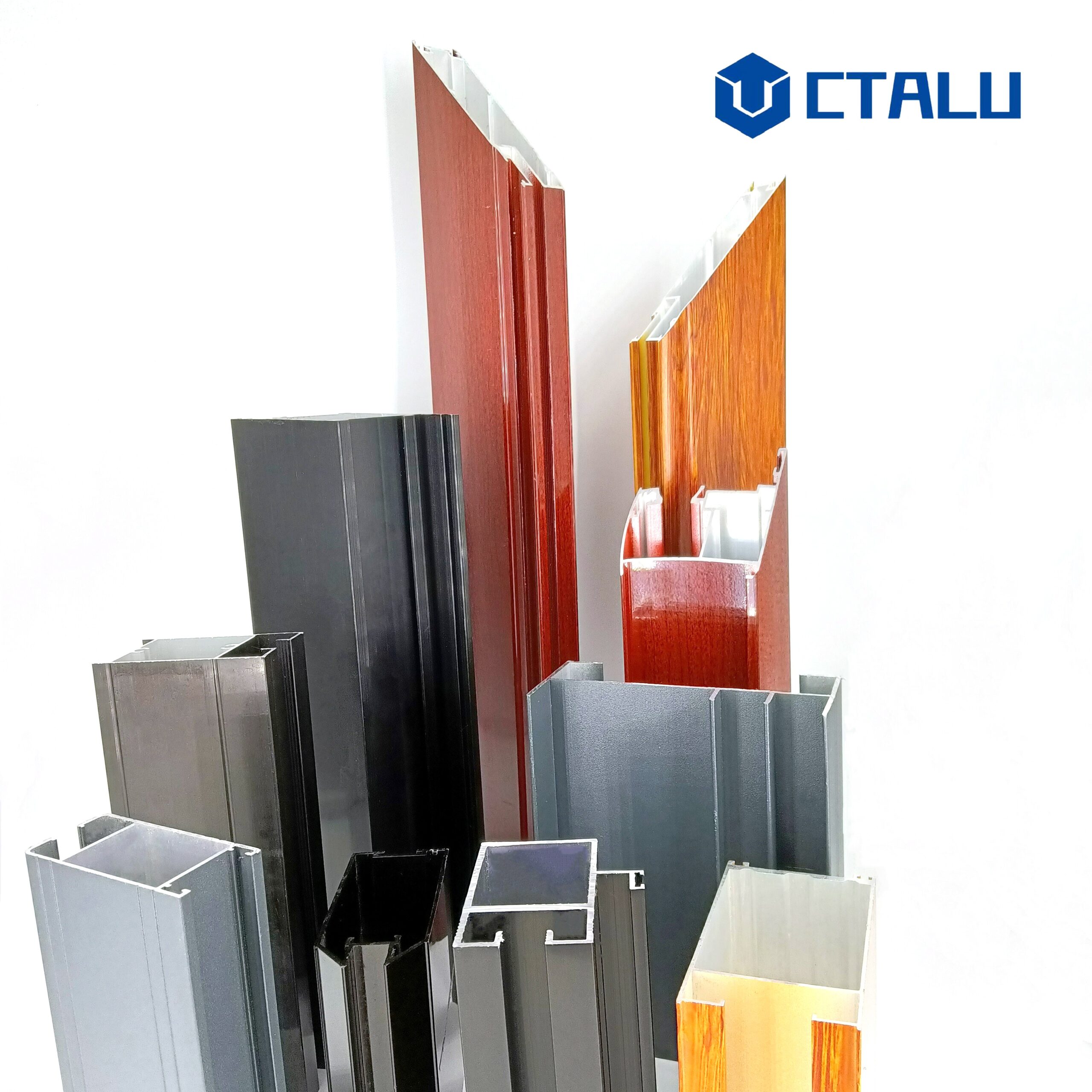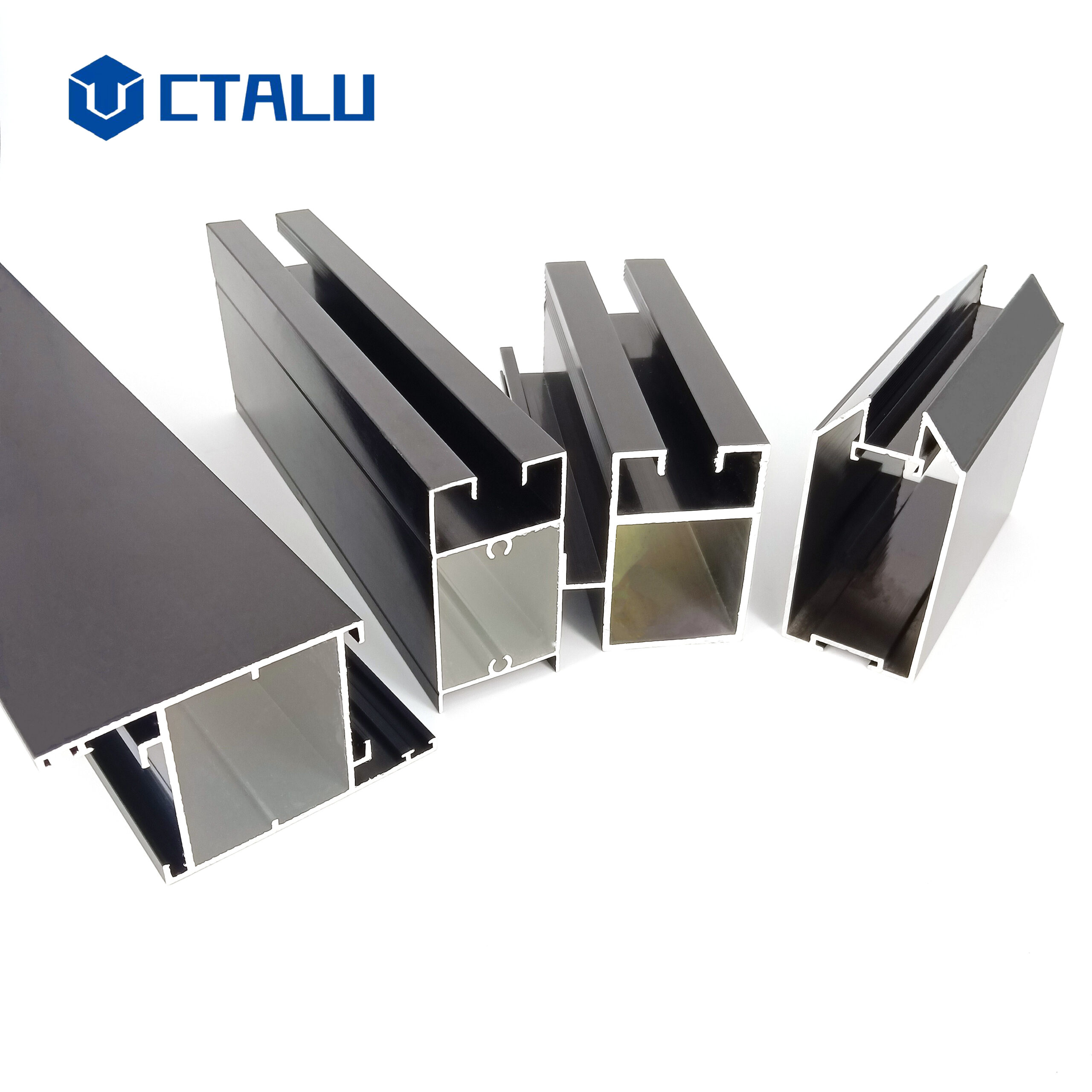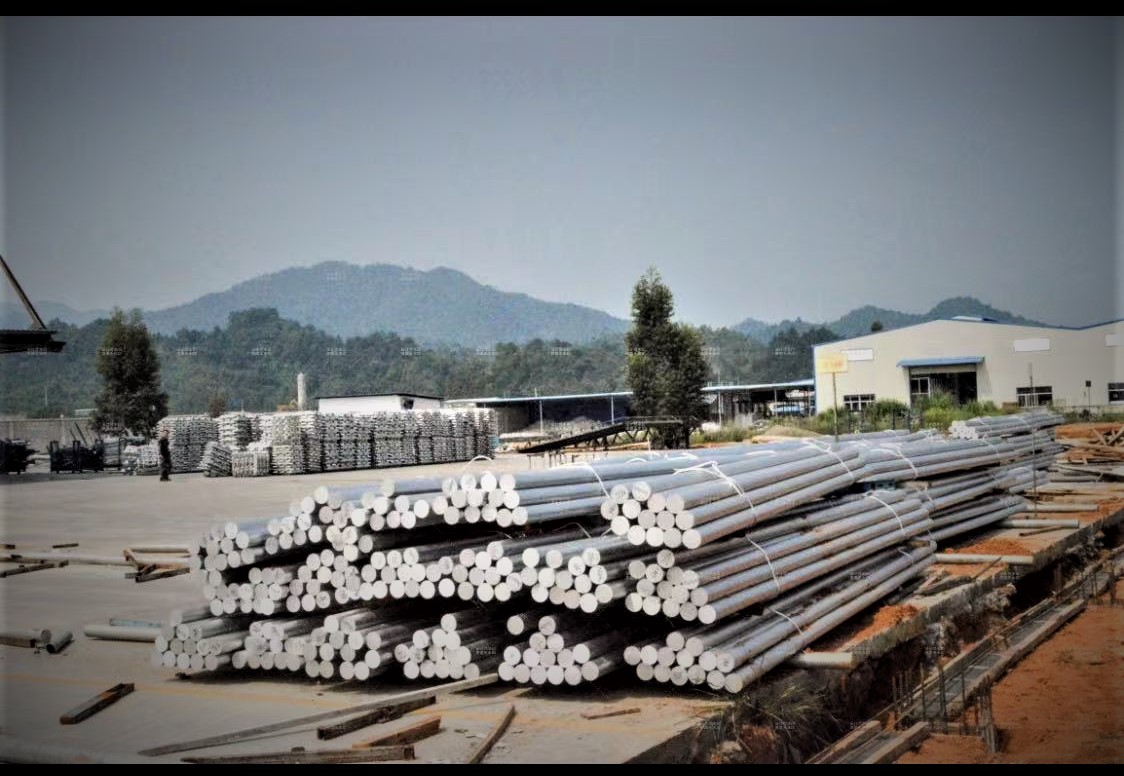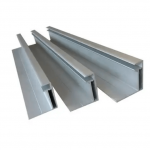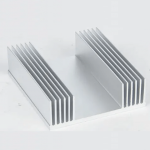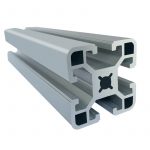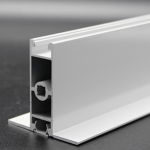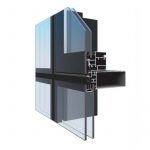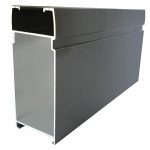At Cheetah Aluminum, we offer a very diverse library of extruded aluminum. By providing you with the best custom aluminum surface and extrusions. When thinking of a good performance of aluminum profiles for the application, you likely want it to have protective and attractive surface.
This article compares 2 of the most popular surface finishing treatments: anodizing and powder coating. If you are confused about the two surface treatments, this article will help you choose and understand them better.
What is anodizing?
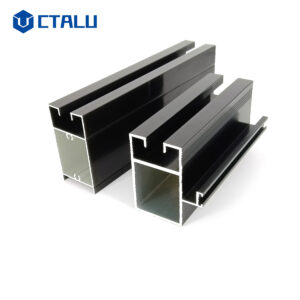
Aluminum anodization is a type of electrolytic oxidation. The surface of the aluminum profile or aluminum alloy is usually transformed into an oxide film during this process, which has protective, decorative, and some other functional properties. Anodization of aluminum, according to this definition, refers to the process of forming an anodized film.
Anodic oxidation is the process of using aluminum products as anodes and electrolysis to form oxide films on their surfaces. Oxide film alters the surface state and properties, such as surface color, corrosion resistance, wear resistance and hardness, metal surface protection, and so on. Aluminum anodizing, for example, involves immersing aluminum extruded profiles in electrolyte (such as sulfuric acid, chromic acid, oxalic acid, etc.) as the anode under specific conditions and adding current for electrolysis. The anodic aluminum or alloy oxidizes, forming a thin layer of alumina on the surface with a thickness of 5-30 microns and a hard anodic film with a thickness of 25-150 microns. Anodized aluminum products improve hardness and wear resistance, up to 250-500 kg/square mm, good heat resistance, hard anodized film melting point up to 2320K, excellent insulation, breakdown voltage up to 2000V, enhanced corrosion resistance, after thousands of hours without corrosion in ω=0.03NaCl salt spray. The oxide film has a large number of micropores in the thin layer and can adsorb various lubricants, making it suitable for the production of engine cylinders and other wear-resistant parts; Membrane microporous adsorption capacity can be colored in a variety of stunning hues. Aluminum, magnesium, and their alloys are examples of nonferrous metals that can be anodized. This method is widely used in the manufacture of machinery parts, aircraft and automobile parts, precision instruments and radio equipment, daily necessities, and building decoration.
Please see Cheetah Anodizing) for more information on the production standards for Cheetah Aluminum Anodizing.
What is powder coating?
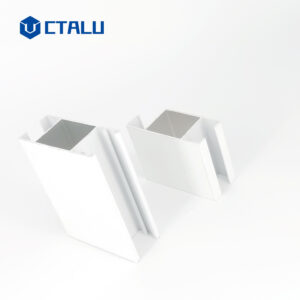
Powder coating is the application of powder coating to the surface of aluminum profiles or other aluminum products using powder equipment (electrostatic spray machine). The powder will then be evenly adsorbed on the surface of the aluminum profile by static electricity, forming a powdery coating. Finally, the coating is smoothed and cured by high-temperature baking, which produces a variety of colors and effects.
Electrostatic powder spraying creates coating particles by atomizing the powder and applying a current to it. An electric field is formed between the electrode and the aluminum profile when an electric current is applied to the powder. Electrostatic adsorption is used to spray different colors on the surface of aluminum profiles.
-
Main Features:
1, can be automatic or manual spraying.
2, the spray is 100% solid powder, powder can be recycled
3, the powder recovery rate can reach 98%.
4, suspension transportation system, high automation level.
5, The coating has less micropores, good anticorrosion performance, and can be used for thick film spraying at a time.
Electrostatic powder coating technology first appeared in the 1960s and was primarily used to coat metal surfaces. With the development of powder coating equipment in the late 1990s, this technology was also used in other fields.
What is the advantage of anodizing & powder coating?
-
Anodizing
The most popular color of anodized aluminum is silver (aluminum color), black, brown, champagne and red. Typically, the aluminum profile surface is sandblasted prior to oxidation to improve corrosion resistance, and the aluminum profile surface becomes matte after sandblasting.
Advantages:
1, The anodized aluminum profile surface is highly resistant to wear, weather, and corrosion. The formation of a dense oxide film after anodizing aluminum profiles protects the surface of the aluminum profiles from wind and rain.
2, Anodized aluminum extrusion profiles have more metallic and higher gloss than powder coated aluminum extrusion profiles.
3, Anodizing aluminum section has better wear and scratch resistance.
4, After anodizing, the aluminum surface becomes electrically non-conductive.
-
Powder coating
RAL colors can be used to determine the color of powder coated aluminum extrusion profiles. Sand and wrinkles can be used to make the surface flat. There are several categories of brightness for plane spraying, including high gloss (80–90), zero diopter (75), matte (40–30–25), and no gloss. Generally speaking, wood grain can be created after spraying an aluminum profile.
The wood grain pattern on the transfer paper can be quickly printed onto the aluminum profile after powder spraying or electrophoresis coating, using the principle of high temperature thermal penetration, heating, and pressure. Aluminum profile has a clear surface texture, a strong three-dimensional sense, and can reflect the natural feeling of wood grain, making it an ideal energy-saving and environmental-protection material in place of traditional wood.
Advantages:
- There are many kinds of colors. According to the domestic demand of China and the global market, Cheetah Aluminum can produce about 200 kinds of Aluminum profiles with different colors.
- Good corrosion resistance and salt spray resistance.
- High weather resistance, coating can be maintained for more than 20 years.
- High wear resistance, hardness higher than 2H.
5 coating bonding force is good, the profile bending processing, coating does not crack, suitable for welding, bending.
- Can effectively avoid the attachment of greasy materials, easy to clean.
Powder coating thickness: the minimum local thickness of the coating on the aluminum profiles decorative surface is ≥40μm.
Which surface finishing should you choose?
Before deciding on an aluminum finishing process, consider the application of aluminum profiles. Surface treatments differ in their characteristics.
Anodized aluminum profiles are a better choice if you want to reduce overall purchasing costs. Because the weight of the aluminum profile does not increase after anodizing, the weight of a single aluminum profile can be controlled when extruded. So that the procurement costs do not rise. However, because the weight of the powder increases after powder spraying, the overall weight of the aluminum profile will also increase. As a result, the total cost of powder coating is higher.
Aluminum oxide profiles, on the other hand, have fewer color options, with only black, silver, bronze, champagne, red, and so on. If you want your aluminum window frame to be white or yellow, choose powder coating for this application. Powder coated aluminum profiles perform admirably as well.
Finally, for architectural aluminum profiles, our main concern is the color variation of aluminum profiles. The color and film thickness of the aluminum profile surface will be affected by uneven electrification, or the solvent content of the electrolysis bath, and the power on time during the production process of anodic aluminum products. Powder coating, on the other hand, will not have this issue. Concerning the customs color, once we both confirmed the sample, the color will remain consistent during mass production.
Cheetah Aluminum has a complete aluminum profile production line, from mill finishing, to any kind of surface treatments, such as anodizing profiles or powder coating profiles, wood grain or electrophoresis.
Any questions please send to us, please feel free to contact:
Wechat / Whatsapp: +86 16603008969
Email: simon@ctalu.com

